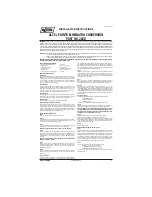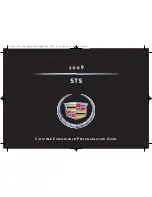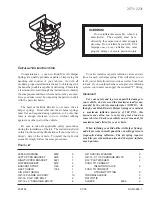
1994 Volvo 850
For proper functioning of the vehicle and its emission control systems, Volvo recommends that the
timing belt be replaced every 70,000 miles (112,000 km).
Fuel system cap, tank and lines and connections
The effectiveness of the fuel system to contain hydrocarbons is dependent largely on a leak-free system.
Check for proper sealing of the gasoline filler cap which contains "O" ring type seals.
Fuel (line) filter
The fuel line filter is located next to the fuel pump. For proper functioning of the vehicle and its
emission control systems, the fuel line filter should be replaced at 100,000 miles (160,000 km). The
filter is replaced as one complete unit. Replace more frequently if contaminated fuel is introduced into
the tank (or if there is reason to suspect that this has occurred).
Exhaust Gas Recirculation (EGR)
This system operates by returning some of the exhaust gases to the engine to be recombusted since this
lowers the combustion temperature and the amount of nitrogen oxides released into the atmosphere is
reduced.
The EGR valve should be inspected at 60,000 miles (96,000 km), cleaned at 100,000 miles (160,000
km) and thereafter cleaned every 20,000 miles (32,000 km).
Charge air cooler (Intercooler)
The B 5234 Turbo engine employs a turbo-compressor to force air into the engine inlet manifold and a
charge air cooler to cool the compressed inlet air. The resulting increase in air flow raises pressure in the
intake manifold by approx. 8.7 psi (over atmospheric pressure) and engine power output by approx. 50
horsepower over that developed by the normally-aspirated engine.
The charge air cooler (which resembles a radiator) is located between the turbo-compressor and inlet
manifold.
pg. 8:8 Servicing (cont.)
Fuel System
The fuel system is all-electronic and is microprocessor-controlled. It can continually compensate for
variation in engine load, speed and temperature to give the best economy and power. A mass air flow
sensor measures the inducted air. In this way the system can make instantaneous adjustments for
changes in air temperature or density, thus always assuring the best economy with the lowest possible
file:///K|/ownersdocs/1994/1994_850/94850_8_6.html (3 of 9)12/30/2006 9:48:51 AM
















































